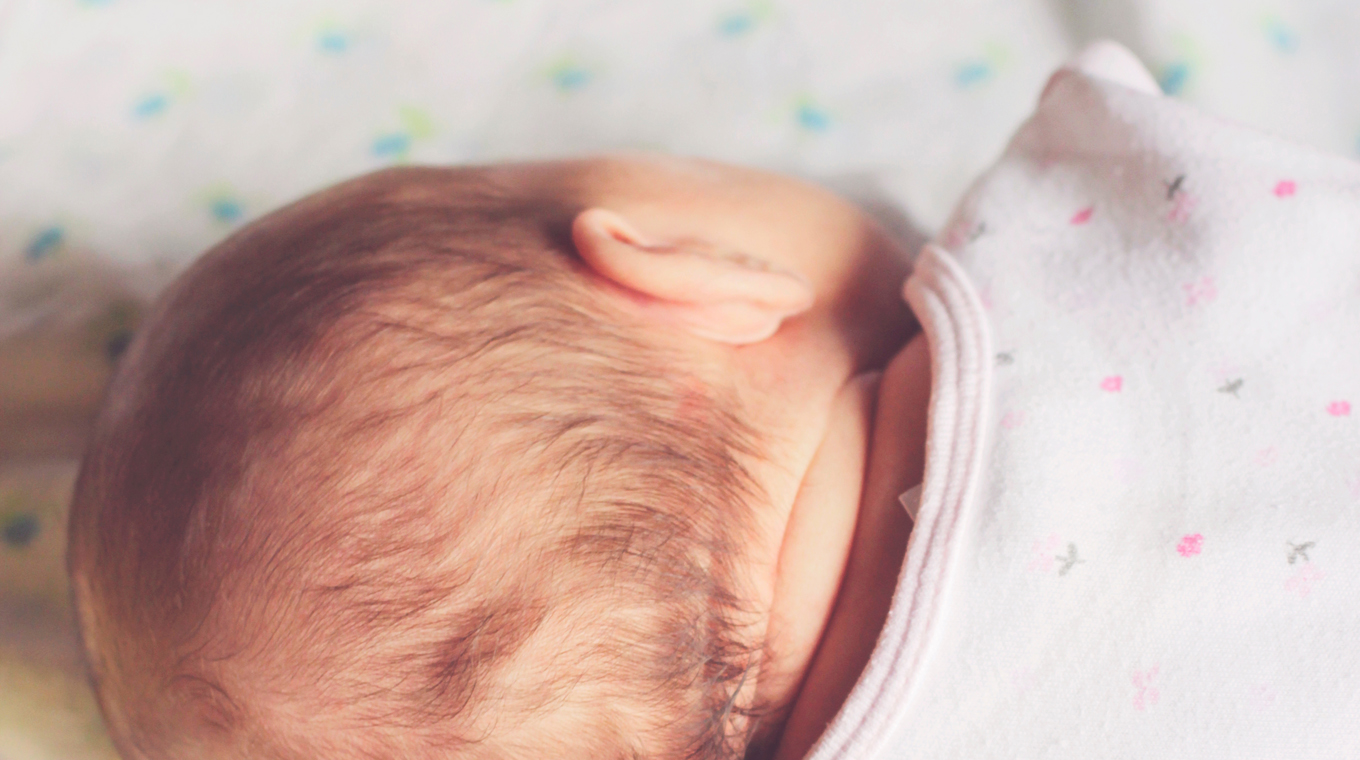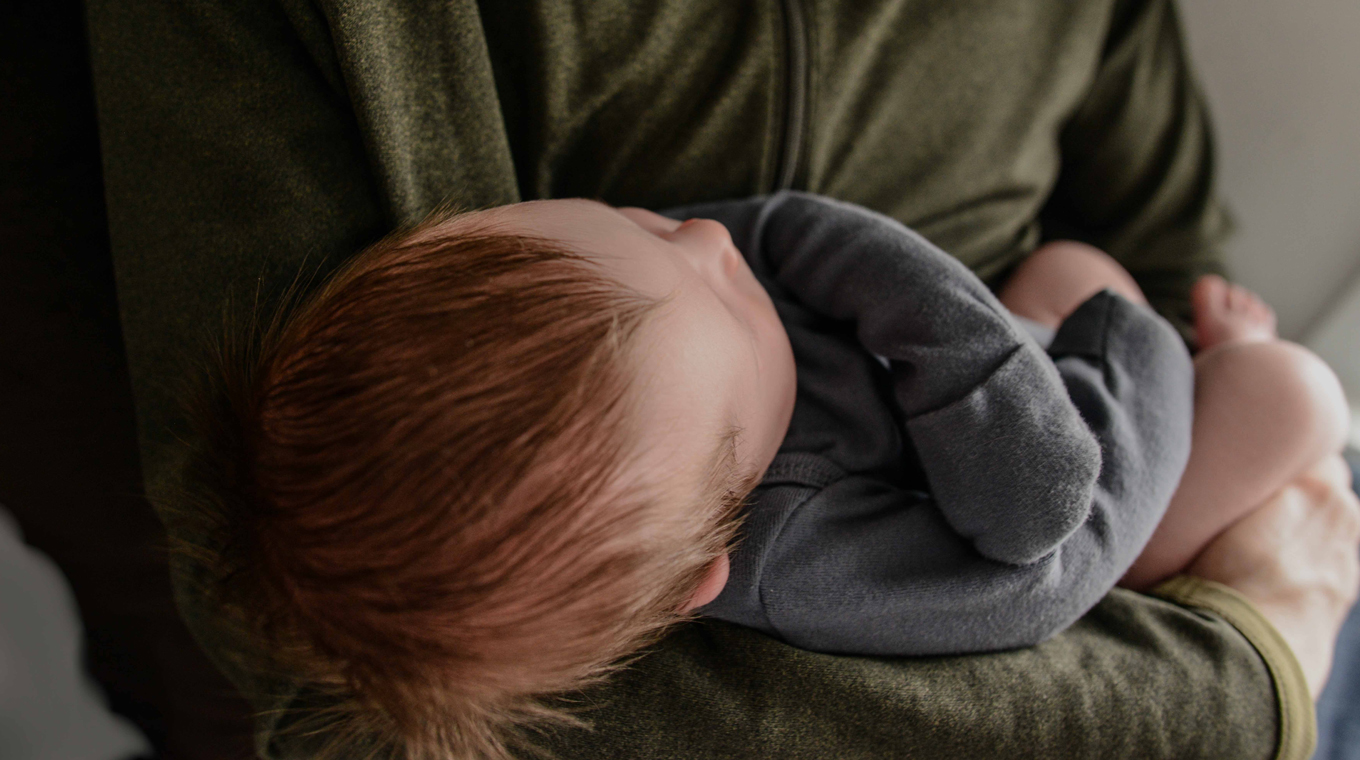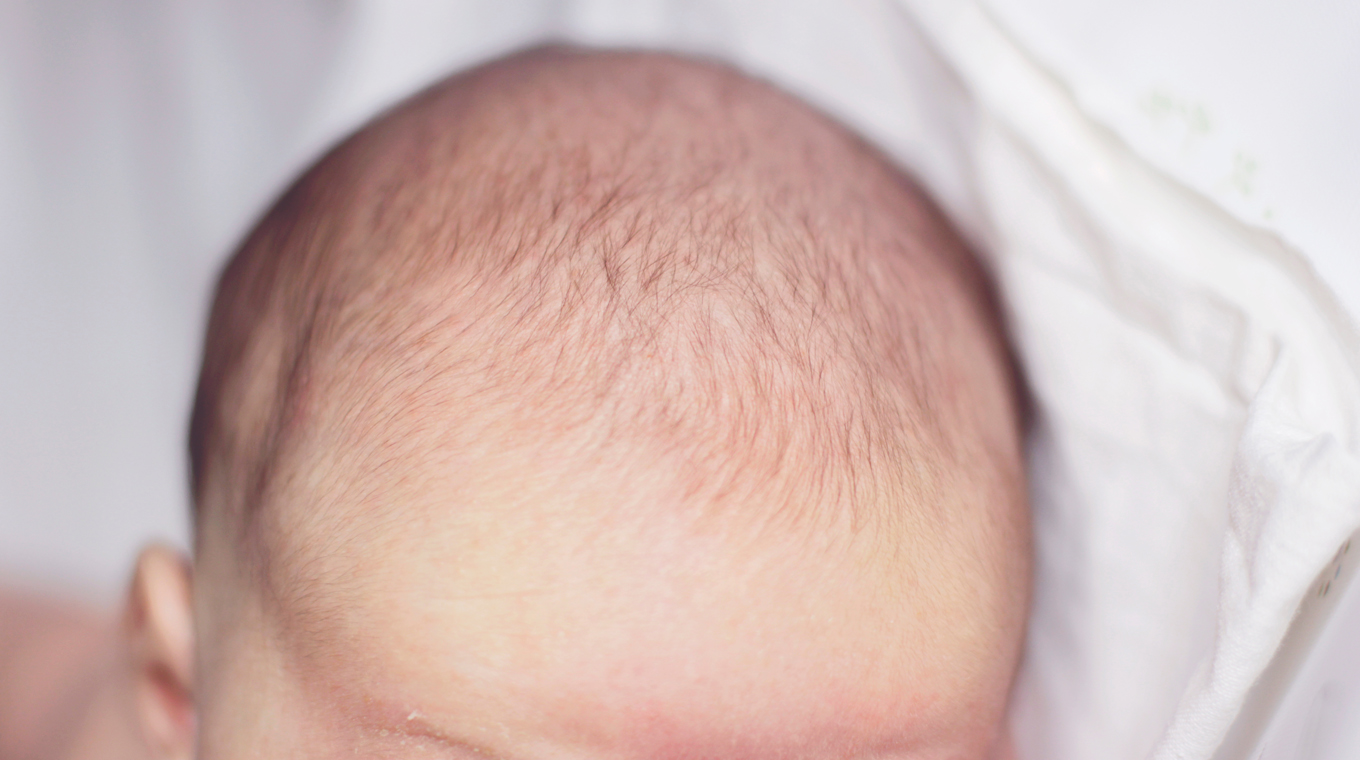
In this article
We all spend so much time just staring at our new babies! And what a lovely sight to see, a tiny one’s beautiful face and ever-soft skin. But sometimes there are things you might not be expecting and one of them may be cradle cap. Don’t panic — it’s very common and won’t be on your baby’s skin forever.
What is cradle cap?

Cradle cap is the common term for infantile seborrheic dermatitis. It appears as crusty or oily scaly patches on a baby's scalp. Cradle cap looks similar to infantile eczema, but a doctor will easily be able to tell the difference. Infantile eczema is usually itchy and cradle cap is not.
Mom-of-three Stephanie Gottlieb was alarmed at the appearance of her first baby’s skin until she visited a doctor. “With my first child, I had no idea what my baby had,” she recalled to Mom.com. “I didn’t know the difference between cradle cap or infantile eczema, and I was always tempted to pick at it but didn’t. What was important to me was to know the difference and how to treat it.”
How long will cradle cap last?

The good news is, cradle cap usually goes away on its own within weeks or a few months. The condition is most common in babies up to 3 months old, but it can last up to a year or longer. See your pediatrician if your baby’s cradle cap seems to be itchy and uncomfortable for your baby.
How do I treat my baby’s cradle cap?

Make sure to consult with your pediatrician before treating cradle cap, or any other skin irritation. Once you have a diagnosis, you should be able to treat your baby’s cradle cap at home with success. Dr. Dan Brennan from WebMD recommends the following easy, at-home treatments, but run them by your pediatrician first to make sure they’re appropriate for your baby’s condition.
Don’t pick!
It can be tempting to pick at the scaly patches that make up your baby’s cradle cap, but try not to. You may gently clean off the scales by washing the scalp with emollient and water.
Wash
Keeping your baby’s scalp clean helps the problem go away, since it washes away some of the extra oils. Use baby shampoo and rub it gently into the affected areas. Your doctor might tell you to wash your baby’s hair more often than you usually do.
You might need to wash it every day instead of every few days. Don’t use shampoo with ingredients that are designed for dandruff unless your doctor says that you should. Not all products are safe for infants.
Brush
After you clean your baby’s hair and scalp, you can gently brush her hair with a soft baby brush. The scales should loosen and fall off over time. Make sure to go easy though.
Lubricate
Ask your doctor if you should rub some petroleum jelly (Vaseline), baby oil, olive oil, or ointment into the scales on your baby’s scalp after you’ve used shampoo and a soft hair brush. Some parents do this and have great success.
Medication
Some doctors may prescribe hydrocortisone cream for cradle cap, but only if the scalp is inflamed. This usually isn’t necessary. Don't use a steroid cream unless your doctor recommends it.
When to seek additional medical attention
Very rarely, cradle cap might appear to become more severe and affect other areas of your baby’s skin. Dr. Sears recommends seeking additional medical attention if:
- The scalp or skin starts to look infected
- The rash is spreading beyond the scalp
- The cradle cap is not starting to clear up after a few weeks of treatment
Sometimes yeast infections occur on the affected skin, most likely in the crease areas rather than on the scalp. If this occurs, the area will become extremely reddened and quite itchy. In this case, your pediatrician might prescribe a medication such as an anti-yeast cream.







